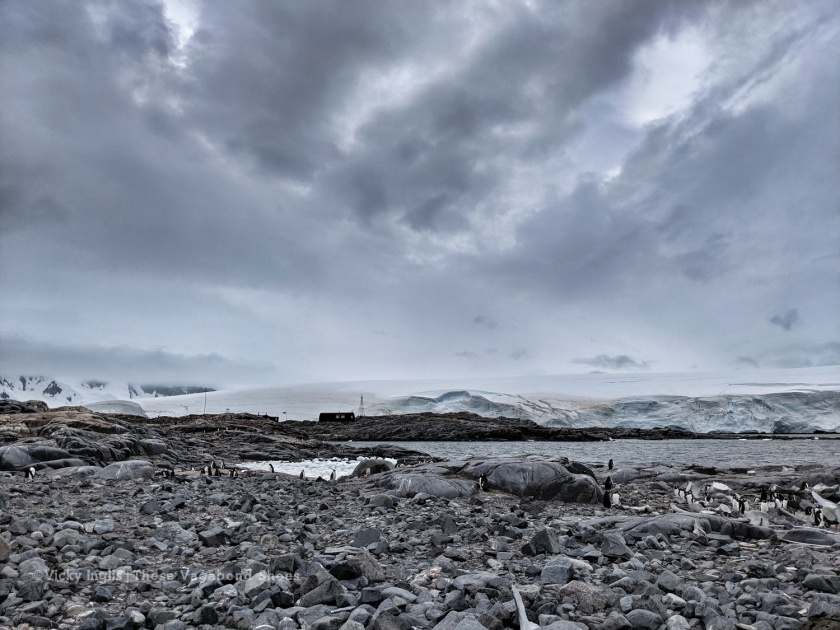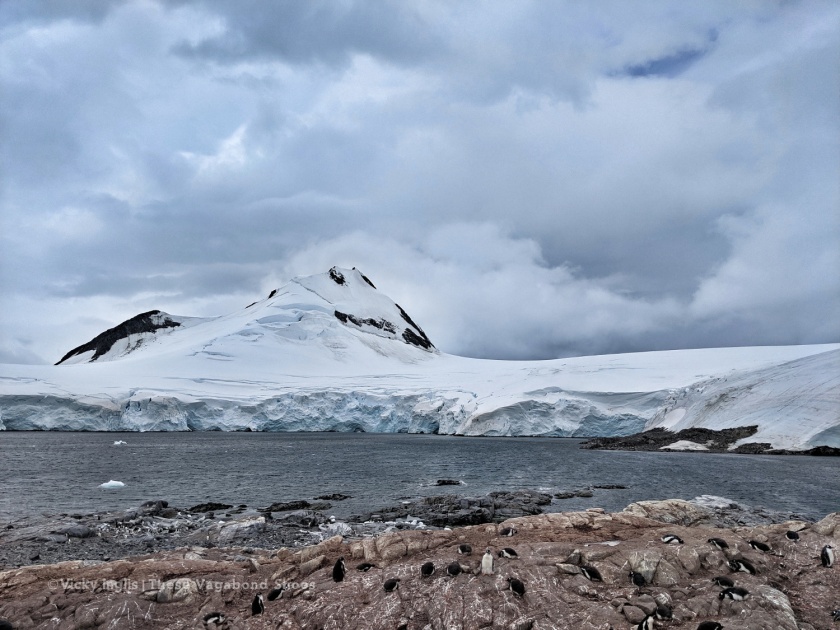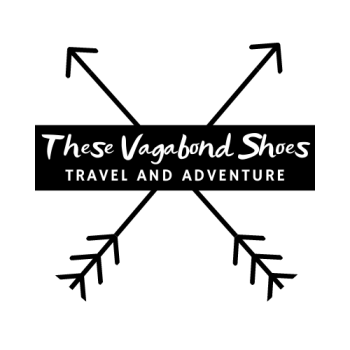A series of interesting facts about Antarctica that I uncovered during my research.
Earth’s southernmost continent held us in its thrall long before it was first sighted in January 1820, still just a blank space on the map. The limitless solitude and silence, the vastness of scale, occupying mythical space in our imagination. Even now, with the possibility to visit the continent as a tourist, we are drawn by the idea of blankness, the purity of a landscape without the cultural associations of our own, where we can make our own connections and add new pins to the map.
I’ve done a large amount of research recently to familiarise myself with Antarctica: the short human history and tales of exploration; ecosystems and wildlife; the rock and the ice; the striking natural beauty of the continent. In the process, I’ve uncovered more than a few interesting facts on which to hang my own understanding and experience, and I’m sharing the best of them here.
Continue reading “15 interesting facts about Antarctica”



